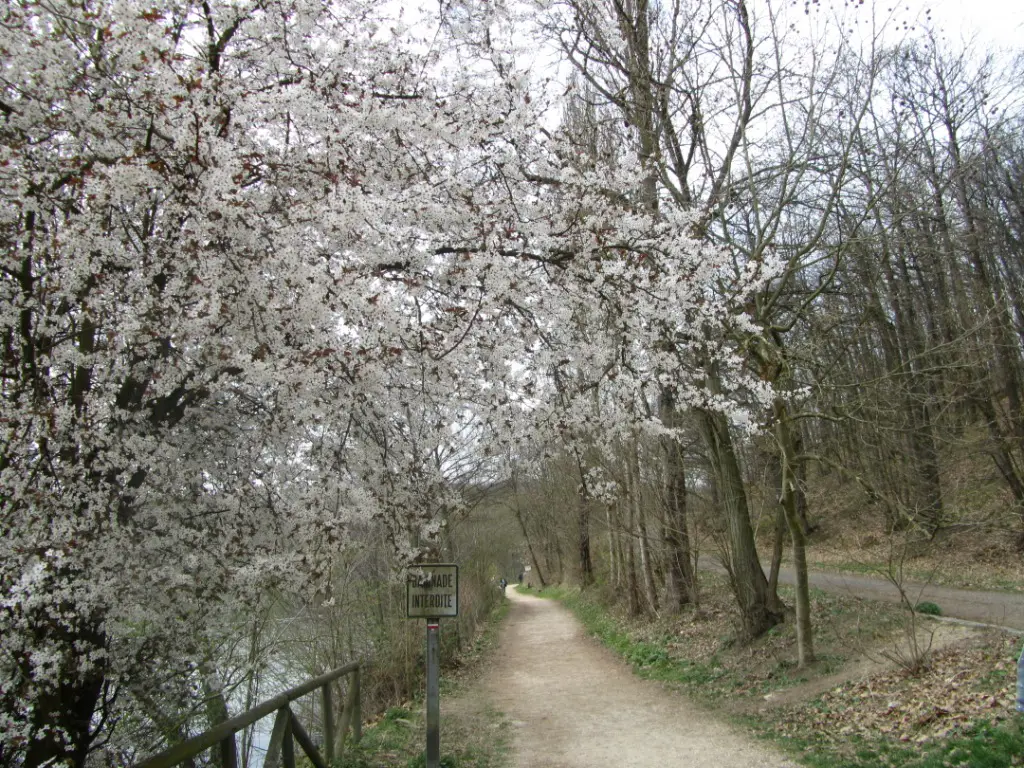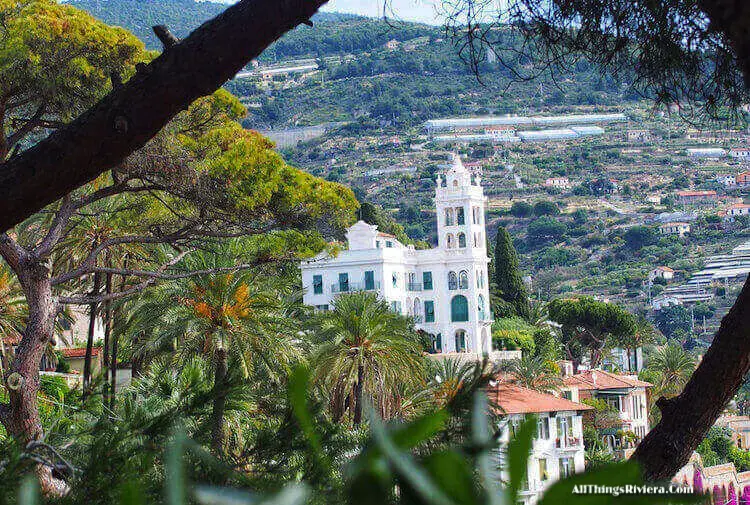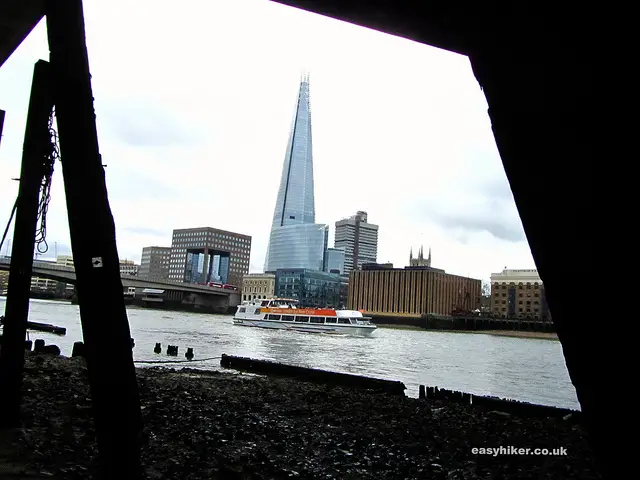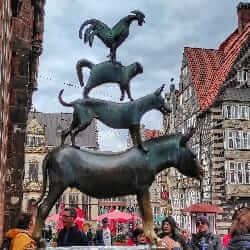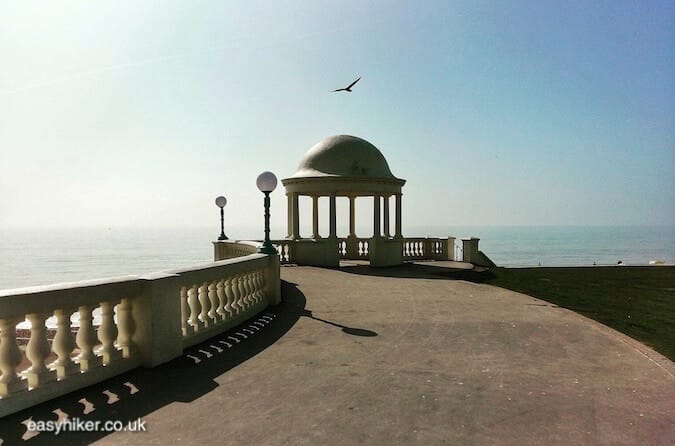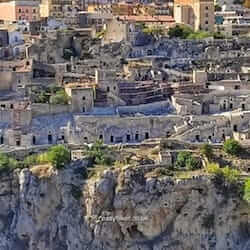Telgte, a small town in the flat and fertile German province of Westphalia, is visited by 150,000 people every year. This is 15 times the number of people who live there, a ratio of tourists per inhabitant similar to that of Amsterdam and Barcelona.

But don’t be surprised if you have never heard of Telgte. Pretty but not the place you go for sightseeing, which suits the large majority of visitors fine since they do not come to see anyway but to pray.
Telgte is a pilgrimage site, one of the most visited in the German-speaking world and the destination of its largest one-day religious procession, the Osnabrück Pilgrimage which, in a good year, counts more than 10,000 participants.
That may not sound a lot: easily cram it into a moderately-sized sports stadium, but on a road, the trail of pilgrims stretches for several kilometres and is quite a sight. And this is what they all come for.

The pietà of Telgte is of late medieval origin and was first mentioned in a document from 1349 – the year of the Black Death, but the plague was only one of several catastrophes to hit the small town in the 14th century.
In the summer of 1342, the St Mary Magdalene’s Flood – when across Central Europe half the average annual rainfall came down within a few summer days – washed away 13 billion tons of fertile soil, as much as 2000 years of natural erosion. Years of famine followed, and people felt the need to pray to a saint who, out of a similar sense of deep loss, would be able to understand them.
The first pilgrimages to the statue were organized in the 17th century – after the end of the devastating Thirty Years’ War – but took off in a major way in the mid 1800s.
Today’s Osnabrück Pilgrimage still follows the same route as it did when it was first held in 1852, but the 19th century country road has since turned into the busy B51 and is, at any rate, not an easy hike with a length of well over 40 km.
In contrast to the pilgrims, who start in Osnabrück at 3 in the morning (and return the next day, also on foot), we took a mid-morning bus (the R11 from Münster) and joined the route on the last 2 km or so, into the picturesque landscape by the river Ems.

To follow the same route, you should leave the bus at the Heideweg stop and head directly for the woods (turning right if you are coming from Münster, left from Warendorf).
Once you hit the river, turn left passing the bridge …

… and, after a few hundred metres, enter the loop around the lovely little lake.

If you take the left path at the fork, you will soon spot an interesting archaeological site on your left hand side.
Under the shallow mound, a bronze age grave has been found where – experts believe – cultic processions took place in prehistoric times 4000 years ago.
The wooden posts mark the path that the pilgrims presumably took. (Once a pilgrimage site, always a pilgrimage site, it seems.)

Now close the loop to return to the bridge that you passed earlier and cross over to the other side.

Cross back to the other bank at the next bridge (the way there is easier to find and prettier, too), and cross the busy road (called Emstor) you can already see in the distance.
Turn left, crossing the lateral branch of the river behind the old mill, …

… and take the footpath down to the Ems just before the next bridge.
This is the way the pilgrims would have taken for centuries, and the view is essentially unchanged.

Right behind the church, cross the Ems for the last time for the final short walk to the Gnadenkapelle which has been housing the Virgin Mary statue since the first processions took place in 1650.

With all those Christian pilgrims in town during the summer, Telgte has always felt the need to find some appropriately spiritual entertainment for them.
Two Ways of the Cross invite you for brief walks, and if you can spare an extra couple of hours, you may very well find that both of them reward your time investment.
The Skulpturenweg just to the north of the town centre (approach it through the riverside path that starts behind the main church) is lined with statues by Heinrich Gerhard Bücker – many of his works can be found in the Vatican’s Collection of Modern Art – was laid out in the early 1960s.

The mood here is calm and spiritual: no dramatic interaction between the individual figures is allowed to distract the pilgrims from their meditations.

The Old Way of the Cross, created in the late 19th century, is more conventional in style.

It was laid out along the route of a medieval predecessor and leads to the same ceremonial mound, although little has remained from its 13th century ancestor.

The Alter Kreuzweg runs along Einener Straße, where the R11 buses pass. If you want to begin your day out here (it saves you a lot of walking back and forth), you best descend from the bus at Johanniskirche (one stop before Heideweg coming from Münster) where the Kreuzweg starts right opposite.
The first five stations are lining the modern road, but after that, you will enter dense woodland into which the subsequent stations have been embedded.
Use the easy-to-recognize shape of the stations as your trail markers, always searching the jungle-like forest for the sight of the next pitched roof.
This is a charming and delightful little walk.


